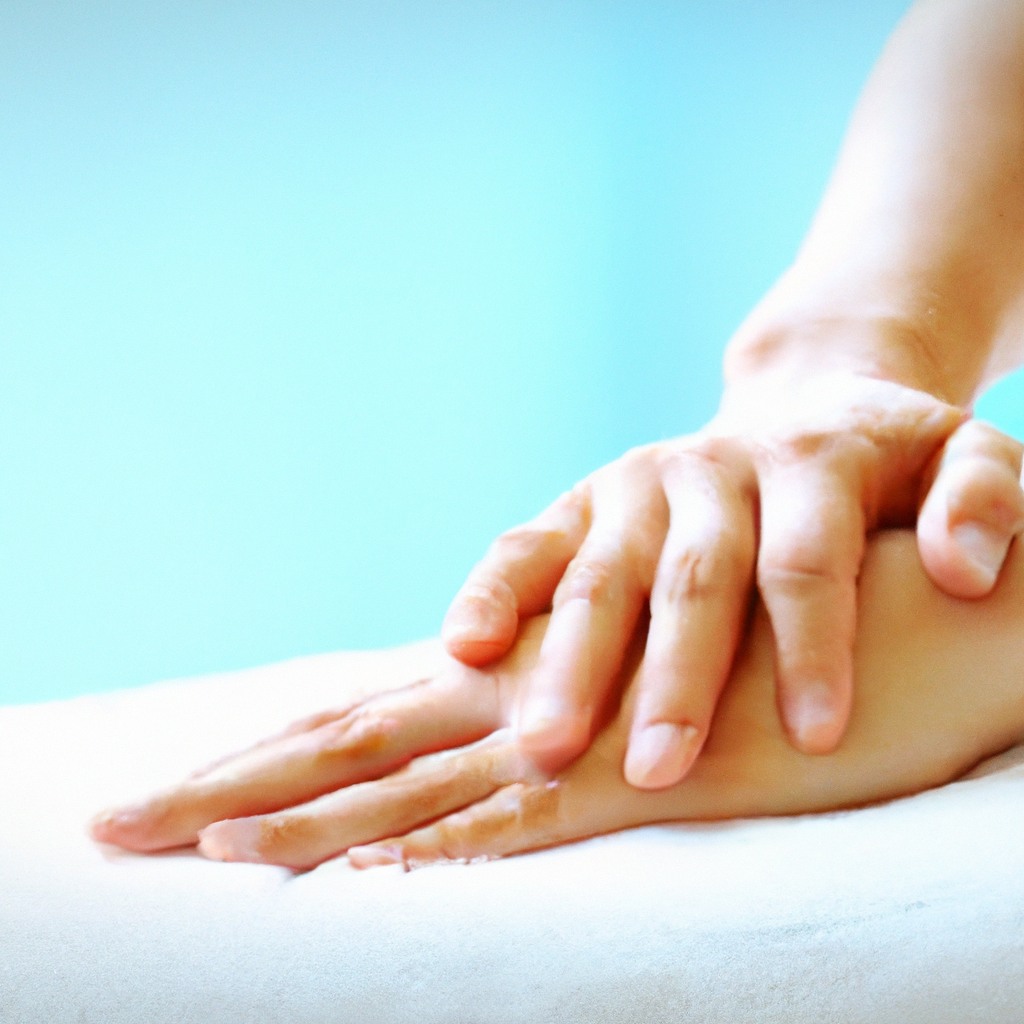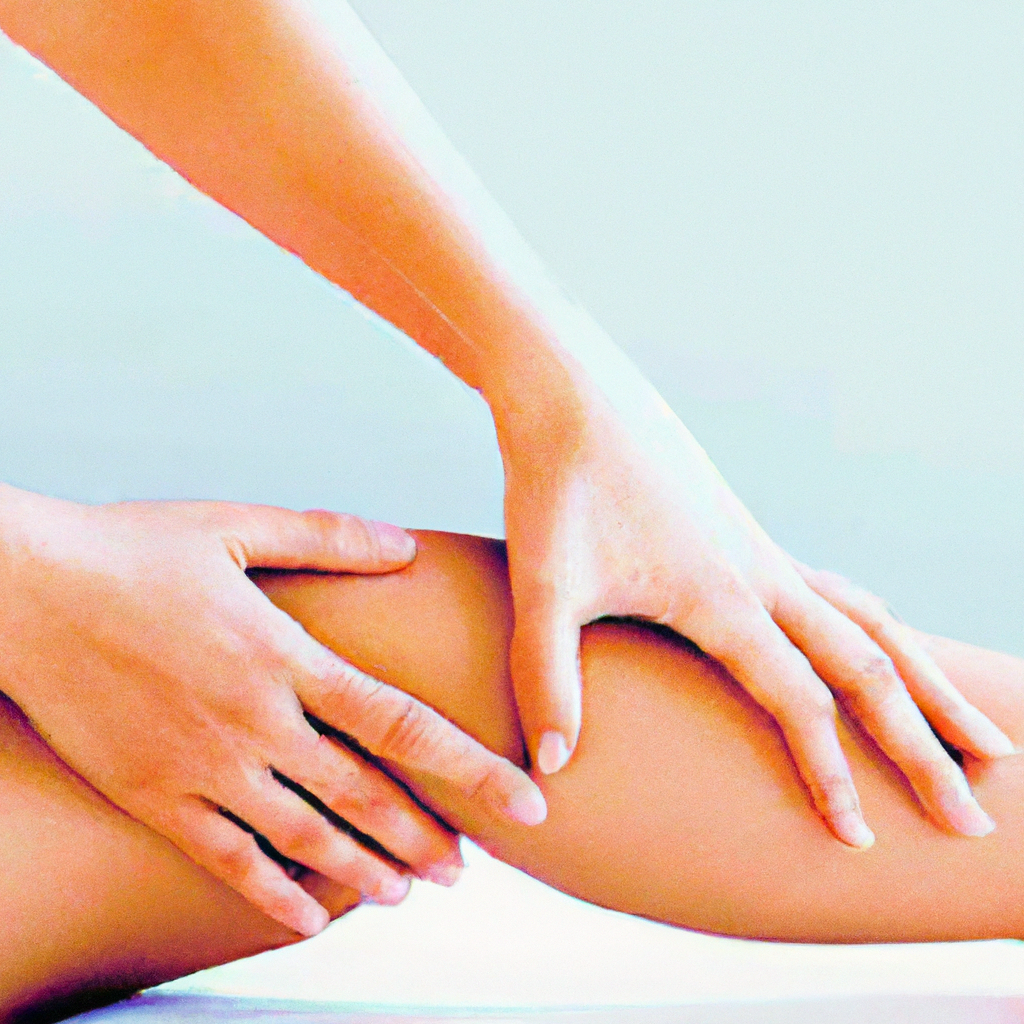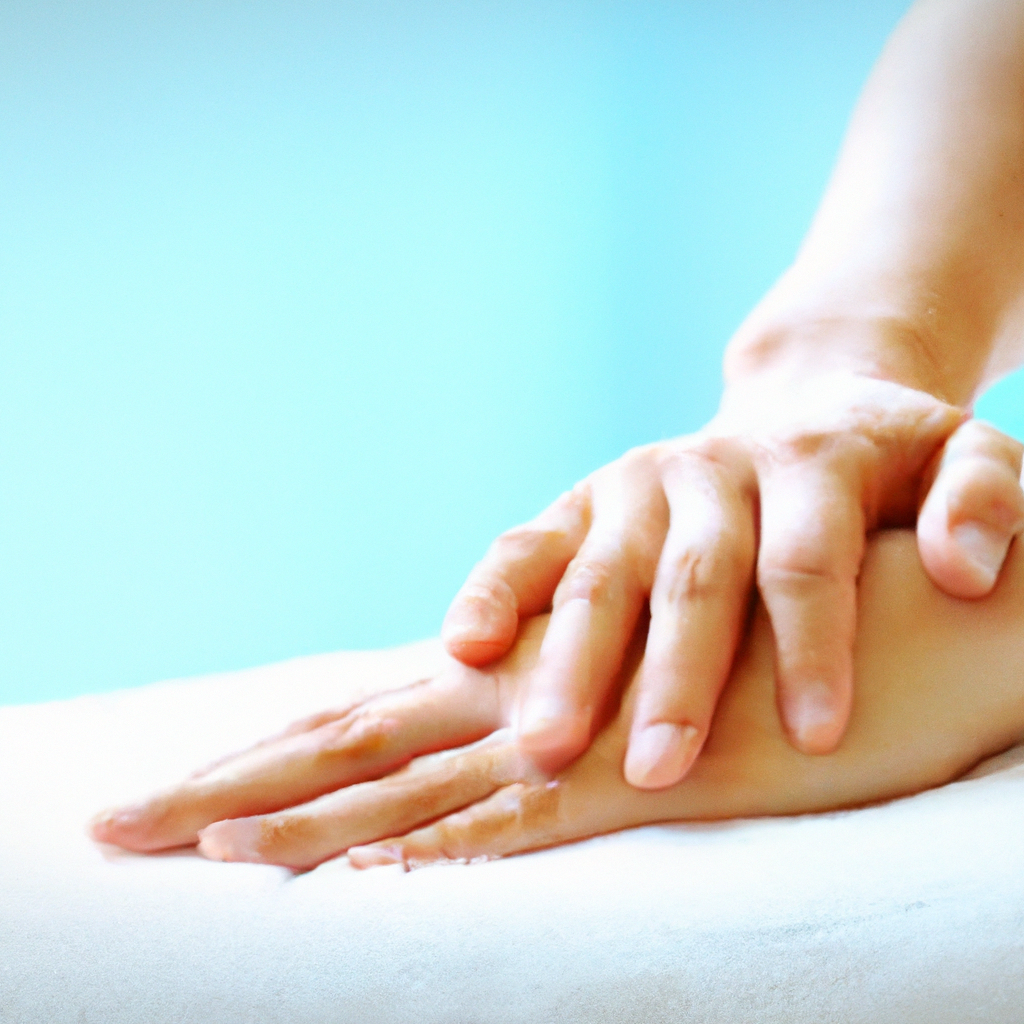You’re in for a treat as you learn the art of Thai massage, a therapeutic and rejuvenating practice that incorporates stretching, deep tissue work, and rhythmic movements. In this article, discover the essential techniques and guidelines on how to give a Thai massage that will leave your recipient feeling relaxed and revitalized. Whether you’re looking to expand your massage skills or simply want to indulge your loved ones with a soothing experience, you’re about to embark on a journey of healing and connection.

Preparing for a Thai Massage
Setting up the Massage Area
Before starting a Thai massage, it is crucial to create a comfortable and relaxing environment for the client. Choose a quiet and peaceful room where the massage can take place without any interruptions. Make sure the room is well-ventilated and adjust the temperature to ensure it is warm enough for the client. Clear any clutter from the room to create a sense of serenity and space.
Next, prepare a comfortable massage mat or futon on the floor. Thai massage is traditionally done on the floor rather than on a massage table. Place some blankets or cushions around the mat to ensure the client’s comfort during the session. Additionally, dim the lights or use soft, ambient lighting to create a soothing atmosphere. Playing gentle, calming music can also enhance the overall experience.
Choosing the Right Massage Oil
While Thai massage can be performed without the use of oil, many therapists prefer using oil to reduce friction and enhance the flow of the massage. If you decide to use oil, it’s essential to choose the right type for the client’s needs and preferences.
There are various types of massage oils available, each with its own unique properties and benefits. Consider using a natural, non-greasy oil such as coconut, almond, or jojoba oil. These oils are easily absorbed by the skin and provide nourishment without leaving a heavy residue. Additionally, you may also want to add essential oils to the base oil for added therapeutic benefits such as relaxation or pain relief. However, be sure to check for any allergies or sensitivities before using essential oils.
Preparing Yourself Mentally and Physically
As the massage therapist, it is essential to prepare yourself mentally and physically before every Thai massage session. Take a few minutes to focus on your breath and clear your mind of any distractions. This will help you enter a calm and centered state, which is beneficial for both you and the client.
Additionally, ensure that you have enough energy and stamina to perform the massage effectively. Thai massage involves the use of your entire body, so it is crucial to warm up and stretch before the session. Incorporate some light stretching exercises, such as yoga or tai chi, to loosen your muscles and improve your flexibility. This will not only help prevent any injuries but also improve the quality of your massage techniques.
Understanding Thai Massage Techniques
Noting the Foundation of Thai Massage
Thai massage, also known as Nuad Bo-Rarn, has its roots in ancient Ayurvedic and Chinese medicine. It combines elements of acupressure, yoga, and passive stretching to provide a holistic approach to healing and relaxation. Understanding the foundation of Thai massage is crucial to perform it effectively.
Thai massage works on the concept of energy lines, similar to the meridians in Chinese medicine. The therapist uses their hands, feet, elbows, and knees to apply pressure and stretches along these lines, known as Sen lines. By releasing blockages and restoring the flow of energy, Thai massage aims to promote physical and emotional well-being.
Exploring the Three Principles of Thai Massage
Thai massage is based on three fundamental principles: mindfulness, compassion, and loving-kindness. Mindfulness refers to being fully present and focused on the client’s needs during the massage. Compassion involves understanding and empathizing with the client’s physical and emotional state. Lastly, loving-kindness entails approaching the massage with a genuine sense of care and respect for the client’s well-being.
By embracing these principles, the massage therapist not only enhances the client’s experience but also cultivates a deeper connection and trust. It is crucial to establish a safe and nurturing environment where the client feels comfortable and at ease. This fosters a healing space where the client can fully relax and receive the benefits of Thai massage.
Understanding the Sen Lines
The Sen lines are the energy channels or pathways that run throughout the body. There are ten main Sen lines in Thai massage, each corresponding to specific organs and systems in the body. By working on these Sen lines, the therapist can release any energy blockages and restore balance in the body.
To understand the Sen lines, imagine them as rivers that carry the life force energy, known as “Lom,” throughout the body. The therapist’s job is to bring awareness to these energy lines and apply appropriate pressure and stretches to stimulate the flow of energy. By doing so, they can alleviate pain, reduce tension, and promote overall health and well-being.

Starting the Thai Massage
Assessing the Client’s Needs and Concerns
Before beginning the Thai massage, it is essential to have a thorough understanding of the client’s individual needs and concerns. Take the time to have a conversation with the client and ask specific questions about their health, medical history, and any specific areas of pain or discomfort. This will allow you to tailor the massage to their unique requirements and ensure their safety and comfort.
It is also crucial to establish clear boundaries and obtain the client’s informed consent before the session. Discuss the massage techniques and any adjustments or modifications that may be necessary. This open communication will foster trust and create a space where the client feels comfortable discussing their needs and concerns.
Warming Up the Client’s Body
Before diving into the more intense techniques of Thai massage, it is important to warm up the client’s body to prepare it for the stretching and pressure that will follow. Begin by gently applying oil or lotion to the client’s skin, using long, sweeping strokes known as effleurage.
Effleurage is a technique that involves using your hands and palms to glide over the client’s body. This helps relax the muscles and prepares them for deeper work. Pay attention to the client’s feedback and adjust the pressure and speed accordingly. The goal is to warm up the muscles without causing any discomfort or pain.
Applying Proper Body Mechanics
Proper body mechanics are essential in Thai massage to ensure the therapist’s safety and prevent fatigue or injury. It is crucial to use your body weight and leverage rather than relying solely on your strength. This not only allows for a more effective massage but also prevents strain on your muscles and joints.
Remember to maintain good posture throughout the massage, keeping your spine aligned and your shoulders relaxed. Use your body weight to apply pressure and avoid hunching over or leaning too much. Engage your core muscles to support your movements and make sure to distribute your weight evenly.
It is also important to use proper body mechanics when performing stretching techniques. Gradually and gently guide the client into the stretch, following their breath and never forcing or pushing beyond their comfort level. By using proper body mechanics, you can provide a more enjoyable and effective Thai massage experience.
